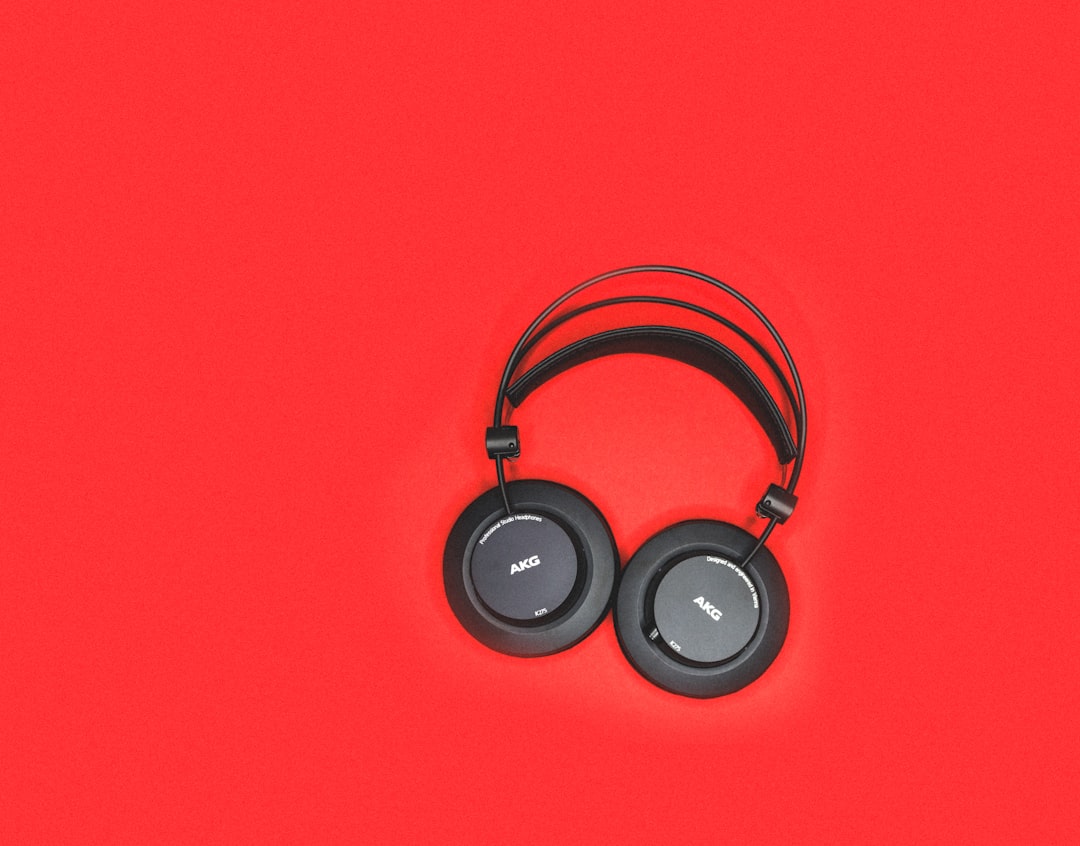When Apple released macOS Ventura, it brought along impressive features like Continuity Camera, Stage Manager, and system-wide improvements in performance and user interface. But for audiophiles and everyday users alike, one unexpected side effect of the update was a noticeable dip in Bluetooth audio quality. For months, users were puzzled, frustrated, and found themselves diving deep into forums or downgrading their software just to get back their high-fidelity sound. What went wrong, and how was the situation eventually resolved? Let’s break it down.
TL;DR
macOS Ventura introduced an update that inadvertently degraded Bluetooth audio quality for many users, especially those using high-end headphones with superior codecs like aptX or AAC. The default codec selection system began prioritizing stability over quality, often switching to SBC — the lowest quality codec — without notice. Fortunately, a shift in codec management, enabled either through third-party apps or macOS updates, restored high-fidelity output. Understanding and manually switching to a better codec became the key to regaining sonic clarity.
Understanding Bluetooth Audio and Codecs
To understand how macOS Ventura disrupted Bluetooth audio quality, one must first grasp how wireless audio reaches your ears. Bluetooth isn’t just a signal; it’s a complex system that compresses and transmits audio using codecs — short for coder-decoder. Here are some commonly used codecs:
- SBC (Subband Codec): This is the baseline Bluetooth codec. It’s universally supported but offers the lowest audio fidelity.
- AAC (Advanced Audio Codec): Favored by Apple devices, AAC offers better sound than SBC but is still lossy and dependent on implementation.
- aptX / aptX HD: Developed by Qualcomm, these codecs offer near CD-quality audio and are used widely in high-end Android devices and headphones.
- LDAC: Sony’s codec that provides up to 990 kbps transmission, delivering high-resolution audio wirelessly.
When connecting headphones to a Bluetooth source device, the two agree on which codec to use. Ideally, they select the highest-quality codec both devices support, but that doesn’t always happen automatically.
What Went Wrong in Ventura
Before Ventura, macOS typically handled codec negotiation behind-the-scenes but usually favored better-quality options. After Ventura, however, users began to notice that their Macs defaulted to SBC more frequently, even with hardware capable of superior audio.

Why did this happen? Theories abound, but the most consistent explanation is that Ventura introduced changes in Bluetooth stack management in pursuit of broader device compatibility and energy efficiency. The system became more conservative, selecting codecs based on connection stability rather than audio quality. As a result, people with high-end headphones like Sony WH-1000XM5 or Sennheiser Momentum 4 Wireless were streaming music at lower fidelity than they realized.
This change wasn’t reflected in any major release notes at launch. Instead, users had to discover subtle audio degradation through careful listening or third-party tools.
Symptoms of the Problem
For the average user, diagnosing Bluetooth codec issues isn’t straightforward. Here are some signs that hinted at the problem introduced by Ventura:
- Audible decrease in clarity, especially in high frequencies.
- Reduced stereo separation and loss of detail in music playback.
- Mac showing connections over SBC rather than higher-end codecs when inspected using Bluetooth debug tools.
- Inconsistent sound quality across different headphones with the same device.
In some cases, users found that audio quality was acceptable immediately after pairing but degraded after reboots or when the Mac was under CPU stress. Others experienced switching to SBC after taking calls or switching audio sources between speakers and headphones.
The Community’s Sleuthing and Workarounds
When Apple Support proved less than helpful and updates didn’t clarify codec behavior, the user community stepped in. Audiophiles, developers, and curious tinkerers investigated, connecting devices while running terminal commands or Bluetooth packet monitors to track codec use. One Redditor posted a comprehensive comparison of frequency responses using different codecs under Ventura — and confirmed suspected degradations.
Some of the temporary solutions people used included:
- Employing third-party audio-routing software like Bluetooth Explorer (from within Apple’s developer tools) to manually force AAC or aptX where possible.
- Using Terminal commands to clear Bluetooth caches and reset devices.
- Pairing and unpairing headphones repeatedly in hopes the system would switch codecs automatically after enough tries.

Though cumbersome, these methods often restored good audio — temporarily. But they highlighted a systemic problem: Ventura’s codec decision logic was opaque and stubborn.
A Welcome Fix: Codec Prioritization Returns
It wasn’t until later Ventura patches — and greater awareness from users — that the issue got broader attention. Apple soon released updates that gave users more control over Bluetooth behavior, although still not directly through the System Settings UI. Workarounds were stabilized, and a few open-source community tools emerged, offering nuanced control over codec preference.
Eventually, apps like Bluetooth Audio Codec Switcher and command-line utilities made it far easier to toggle between SBC, AAC, and aptX. These tools allowed you to:
- Detect which codec is currently active for your headphones.
- Force-switch your output to AAC or aptX if supported.
- Prevent codec downgrades after system wake or audio source switching.
The result? Users reclaimed their high-fidelity experience. And the incident served as a wake-up call about how even subtle changes in system-level updates can impact something as personal as audio quality.
How to Monitor and Switch Your Codec
To ensure you’re getting the best audio possible on your Mac today, here’s what you can do:
- Download Apple’s Additional Tools from the developer site, which includes Bluetooth Explorer.
- Launch Bluetooth Explorer and go to Audio Options.
- Under Codecs, you’ll be able to see what codecs are supported and potentially override the defaults.
- Use Terminal commands like
sudo pkill bluetoothdafter making changes to reset Bluetooth settings.
Alternatively, apps like ToothFairy offer graphical interfaces and automation to connect headphones with preferred profiles. The key is awareness — many users don’t realize they’re listening with subpar codecs until they compare side-by-side with corrected settings.
Lessons Learned from the Ventura Audio Saga
The macOS Ventura Bluetooth audio issue offers several takeaways:
- Transparency matters: Users benefit when system-level decisions are made visible or customizable.
- High-fidelity audio is fragile: Even minor system tweaks can significantly degrade perceived sound quality.
- Community tools are powerful: In the absence of official solutions, savvy communities can diagnose, document, and even partially fix complex issues.
As updates continue rolling out and more people move to macOS Sonoma and beyond, managing Bluetooth quality will remain important — especially in an age where lossless music streaming is gaining popularity. The good news is: the manual tools and lessons from Ventura provide a roadmap for ensuring excellent wireless audio, whatever macOS version you’re using.
Conclusion
While macOS Ventura brought several enhancements, its unintended downgrade of Bluetooth audio quality reminded us how easily small backend changes can ripple into major user experience frustrations. Thankfully, with community involvement, manual codec control, and continued refinements from Apple, the sound of silence (or rather, the hiss of SBC) has been replaced once more with the nuanced beauty of higher-fidelity Bluetooth audio.


